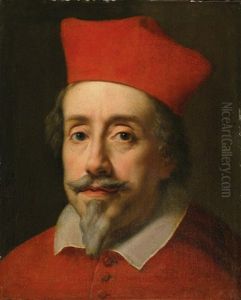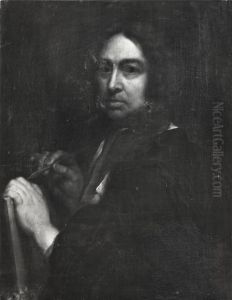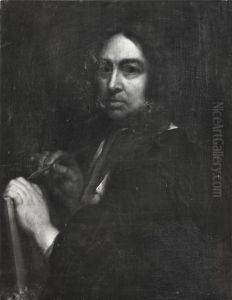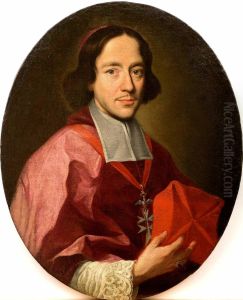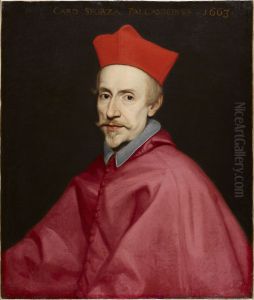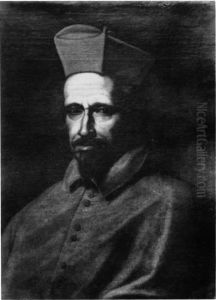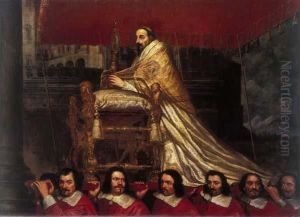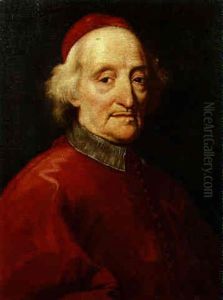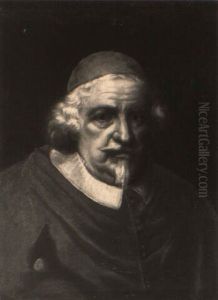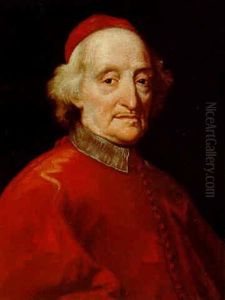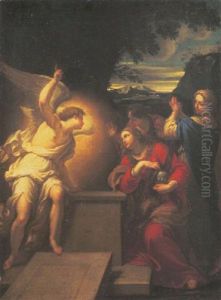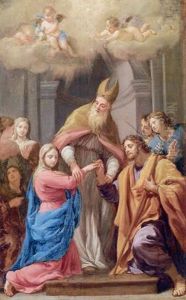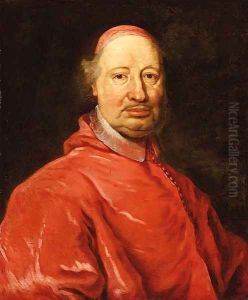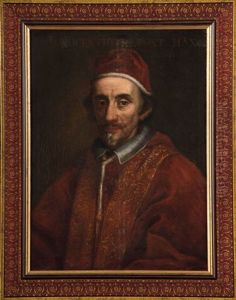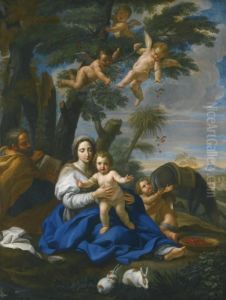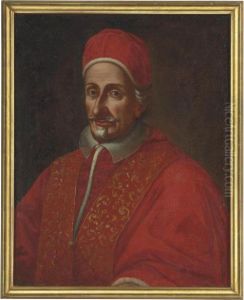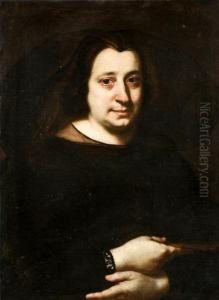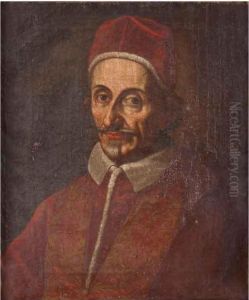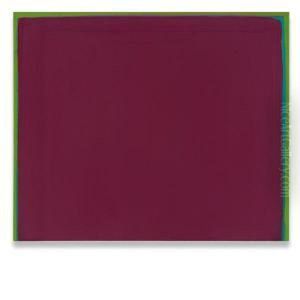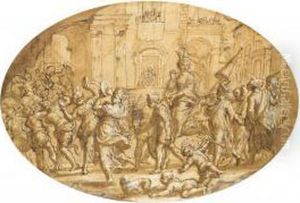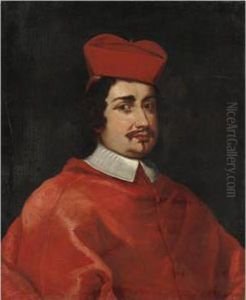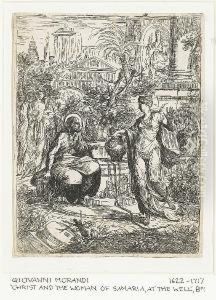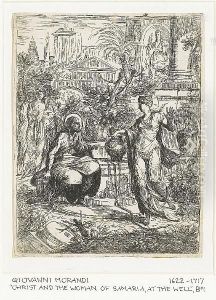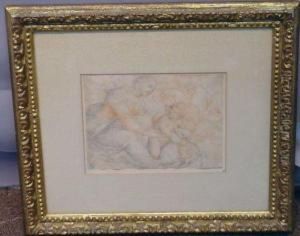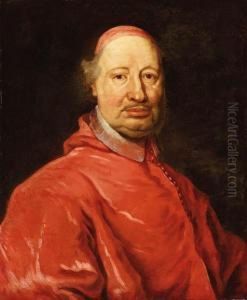Giovanni Maria Morandi Paintings
Giovanni Maria Morandi, born in 1622 in Rome, Italy, was a prominent Baroque painter of the Roman school, whose career spanned the latter half of the 17th century and the early years of the 18th century. Morandi is especially known for his religious paintings, portraits, and historical scenes, which are characterized by their vivid detail, emotional depth, and vibrant use of color.
Morandi's early life and training are somewhat obscure, but it is known that he was a pupil of Andrea Sacchi, a major figure in Roman Baroque art, who played a crucial role in Morandi's artistic development. Under Sacchi's tutelage, Morandi absorbed the principles of clarity, harmony, and classical restraint, which would become hallmarks of his style. Despite the influence of his master, Morandi also showed an ability to adapt and evolve, incorporating elements from other contemporaneous styles and artists, such as the dynamism of Bernini's sculptures and the luminosity found in the works of Caravaggio.
Throughout his career, Morandi undertook commissions for various churches and patrons in Rome and beyond, contributing significantly to the artistic landscape of the Baroque period. His works were celebrated for their compositional balance and the skillful depiction of human emotion, which resonated with the spiritual and aesthetic sensibilities of his time.
Among Morandi's notable works are his contributions to the decoration of the Basilica di San Giovanni in Laterano and the Basilica di Santa Maria Maggiore in Rome. His paintings often depicted scenes from the Bible and the lives of saints, imbued with a sense of devotion and piety that was sought after in religious art of the period.
Despite his accomplishments, Giovanni Maria Morandi is not as widely recognized today as some of his contemporaries. He died in 1717, leaving behind a body of work that, while it may not have achieved the enduring fame of some of his peers, represents an important contribution to the Baroque movement in Rome. His legacy is preserved in the collections of various museums and churches, where his paintings continue to be admired for their beauty and emotional power.
